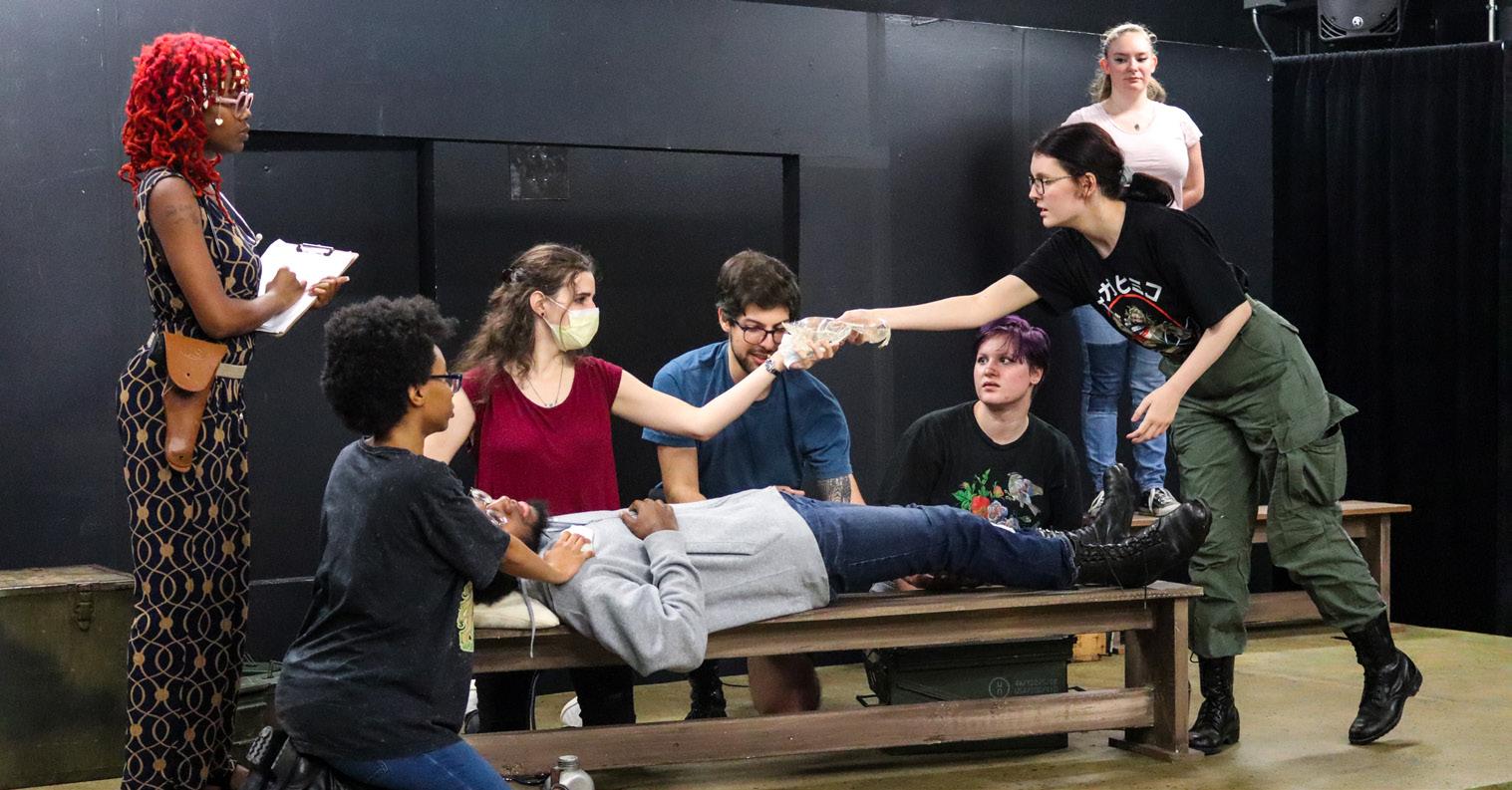
9 minute read
SE play reveals hidden story of Vietnam War
HOPE SMITH campus editor hope.smith393@my.tccd.edu
SE Campus drama will be producing a hidden story of Vietnam, “A Piece of My Heart.”
Set to begin the first fall production on Oct. 4, the cast and crew have been working thoroughly to bring to life the story of six women who served in the Vietnam War.
The cast, made of eight actors, represents characters based on real-life people following them before, during and after their experiences serving in the war.
“I’m excited to tell a story that needs to be heard,” said SE student Liyah Vialdores, who plays Steele.
“They really were the forgotten heroes of this war,” associate professor of drama and director Angela Inman said. ”Because even to this day, we don’t know how many women were there. The Army never bothered to count the number of women. They were just kind of an expendable resource.”
This reasoned that the women, involved as they were, were simply forgotten, but the play has helped to educate.
“It has a lot of heroic moments that where the female is the hero, and I love that,” Vialdores said. “It gave a different perspective on the war that I had no idea about before this play.” Ash Swan, who plays Martha, wanted to show the audience the real experiences of the women and the trauma they endured.
“I am excited to really show everyone
Wi-Fi
Mikayla Everheart, who plays Maryjo, said the play actually has a special connection to her family.
“Us being able to portray what they have gone through is something I am very proud of myself. My grandfather was in Vietnam, him and my great uncle,” Everheart said. “I want to give them so much justice for this.”
Other cast members agreed, like DaShaun Ellis, who said he acknowledged the process the cast went through to become the characters.
“One thing that I noticed, especially in the beginning when we started off, that a lot of people had to really go outside of themselves for the role,” he said. “The multiple characters that we’re all going to be playing, the cast has done a very good job differentiating them, especially my boy here, Marc.” how hard we all worked for this and this story that really is a hidden aspect of the Vietnam War that not a lot of people get to see, and that is a really important aspect,” she said.
Lily Clouse, who plays LeeAnn, made the point that it was difficult for the cast to portray the experiences throughout the story.
“I think so far this has been one of my favorite shows that I’ve done, solely because it kind of shows a side to the Vietnam War that nobody talks about and the kinds of struggles and prejudice and trauma that women face,” Clouse said.
Characterizing the people in the play proved to be a challenge emotionally, as Clouse explained, because the range of emo-
(continued from page 1) history associate professor Karen Wisely also voiced her concerns with the Wi-Fi issues and its impact on students.
“I think that we professors have become almost entirely dependent on technology in our teaching,” Wisely said. “It’s understandable, but I think that creates issues when the
Dancers tion was something personal to each woman in the story.
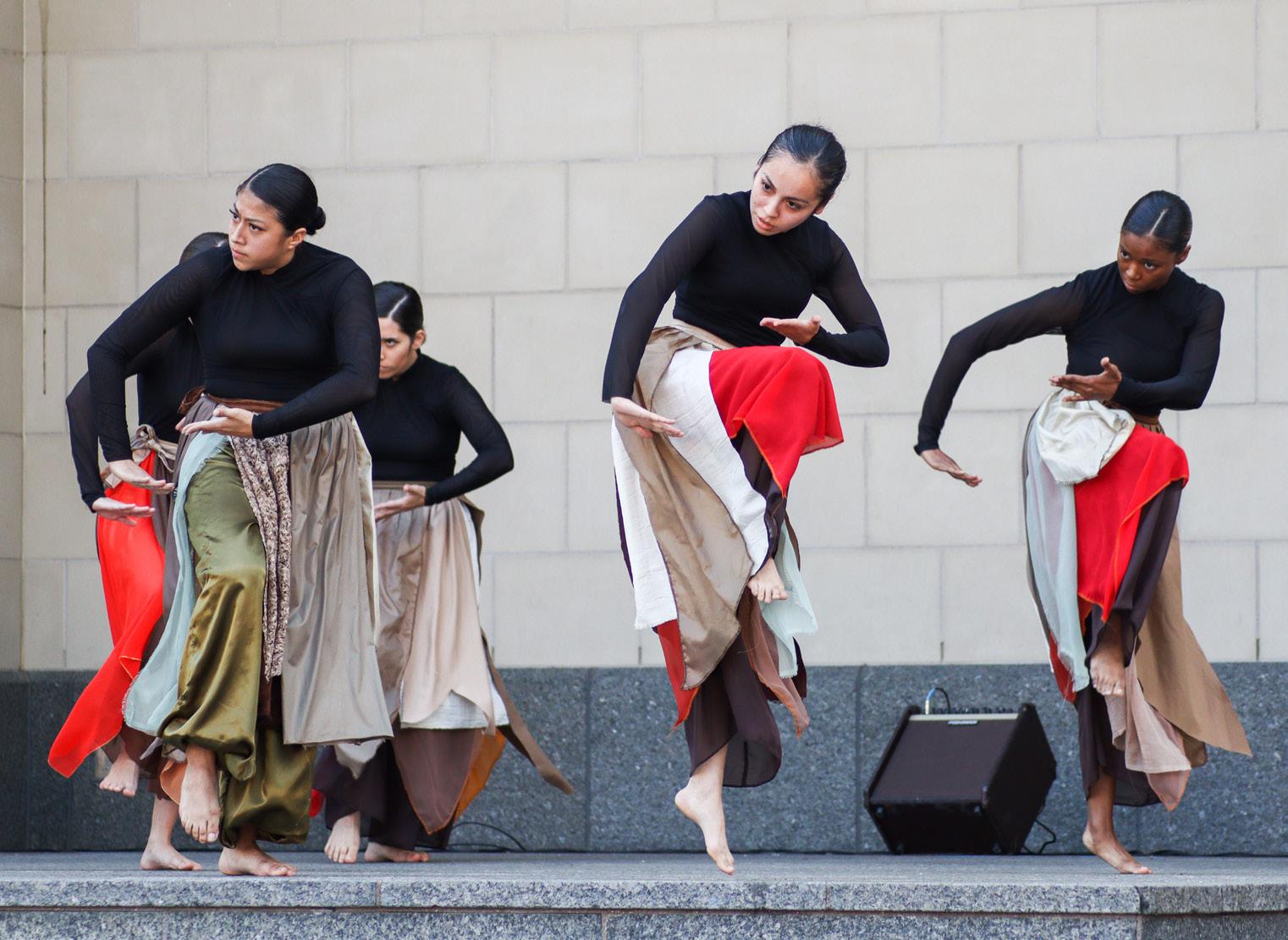
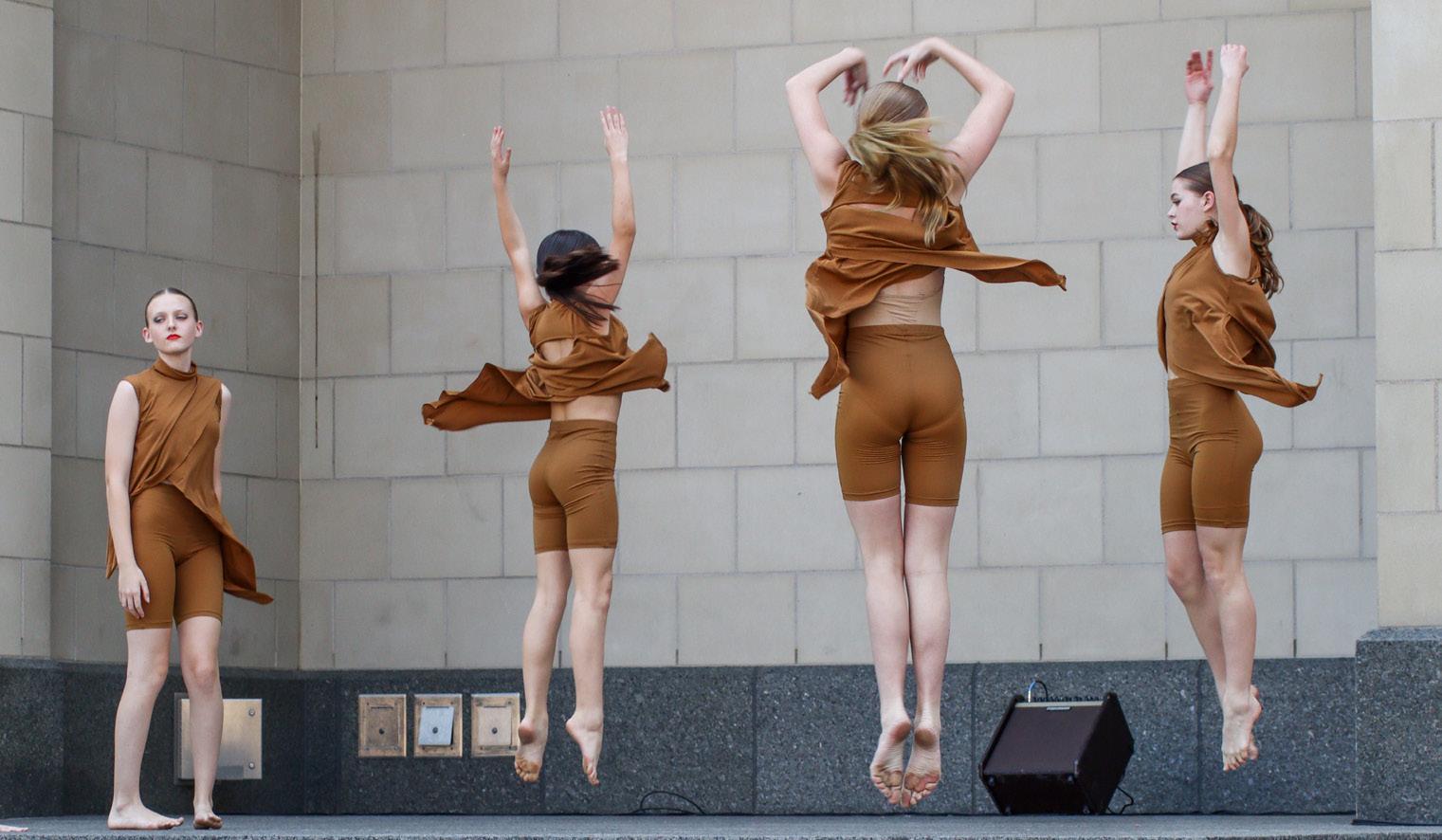
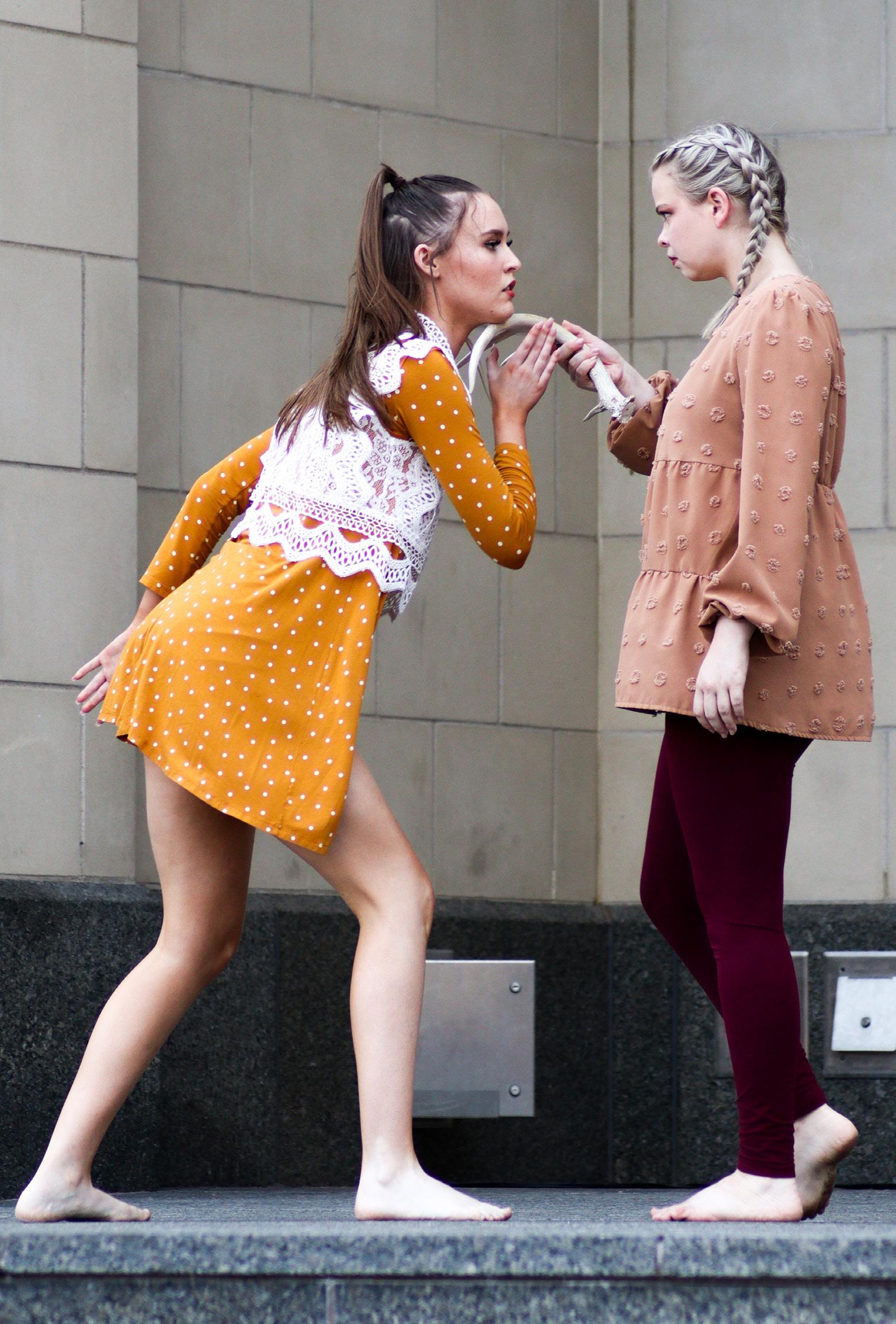
“There’s so many different ways to portray pain, and there’s so many different ways to express pain because all six of us women throughout the show, we start a certain way and the war changes us,” she said.
The cast had a big focus on doing the characters of the production justice, placing a heavy emphasis on correctly expressing the emotions of the characters through the performance.
“There’s a lot of different perspectives and that each character has their own story, but in some way, it’s intertwined,” said SE student Toni Colbert, who plays Sissy.
Student and cast member Marc Aldridge, along with Ellis, will split and act as 16 characters. Along with this, Alridge explained that some of the costumes the cast will be using were from the Vietnam War.
“One thing that I definitely do love about this play is the fact that you get to see the heroic side from the women in Vietnam,” Valedores said. “Even though it does have its heartbreaking moments, it has a lot of heroic moments where the female is the hero, and I love that. It gave a different perspective on the war that I had no idea about before this play.” technology doesn’t work. We need to be a bit more flexible.
Cast members gave tips on how to appreciate the production.
“Be prepared, it’s very intense in some spots,” Everhart said.
“Bring tissues,” Clouse added.
“Come watch it!” Cast members agreed.
“And, mind you, I am speaking from the perspective of a history professor. I don’t know if the hard sciences are going to be able to adjust as easily.”
She said she believes the technology in
(continued from page 1) classrooms needs an upgrade to keep the instructors on the same level as far as accessibility to resources is concerned. Wisely also said that providing instructors like herself with troubleshooting guides to help them better navigate their stations is needed.
“Obviously, technical difficulties negatively impact the students,” Wisely said. “I know that there are teachers who, when the tech fails, will just end the class early. That may sound like a great solution, but it will hurt in the long run because your class will be behind.”
Parking (continued from page 1)
“It was quite the sight to see so many warning parking tickets on the cars as well,” Chi said. “In desperation, many chose to park on the grass or the sides of the overflow lot, and they received warning tickets for this.”
NW Student Government Association president Samuel Jepsen said both the SGA and campus administration are aware of the difficulties caused by the closing of the lot and have been working to resolve them as best as possible.
“We’ve been in close contact with the campus administration on all campus concerns and parking lot matters,” Jepsen said.
He said since the closing of the south lot there have been numerous reports of students being late and getting stuck in traffic due to the packing of the overflow and north parking lots.
“The campus administration is aware of these issues and have put many measures in place so that students who are late do not receive any sort of penalty,” he said. “I recommend to students that they should leave the house earlier and to not rush to school. Safety is our number one concern at TCC Northwest.”
Jepsen’s experience with the construction at NW Campus has at most been an inconvenience, but he has had issues with loud machinery during his lectures and sometimes exams.
“This must happen to continue with construction but I’d appreciate if the professors were made aware of the use of loud machinery before the class period started so an alternative classroom could be booked for use,” he said.
Jepsen also said that while it is unfortunate that the duration of the construction is so long, it is still needed for the construction to proceed at NW Campus.
“This may seem long but our campus administration and Student Government are doing everything in our power to resolve any issues that are students should have so that student can continue to have a great campus experience,” he said.
SE faculty introduces their artwork at the Faculty Biennial Corridor II via different mediums.
The Faculty Biennial, organized by instructor assistant Penelope Bisbee of the SE fine arts department, is a biannual event featuring the artwork of both adjunct and full-time faculty of the SE Campus.
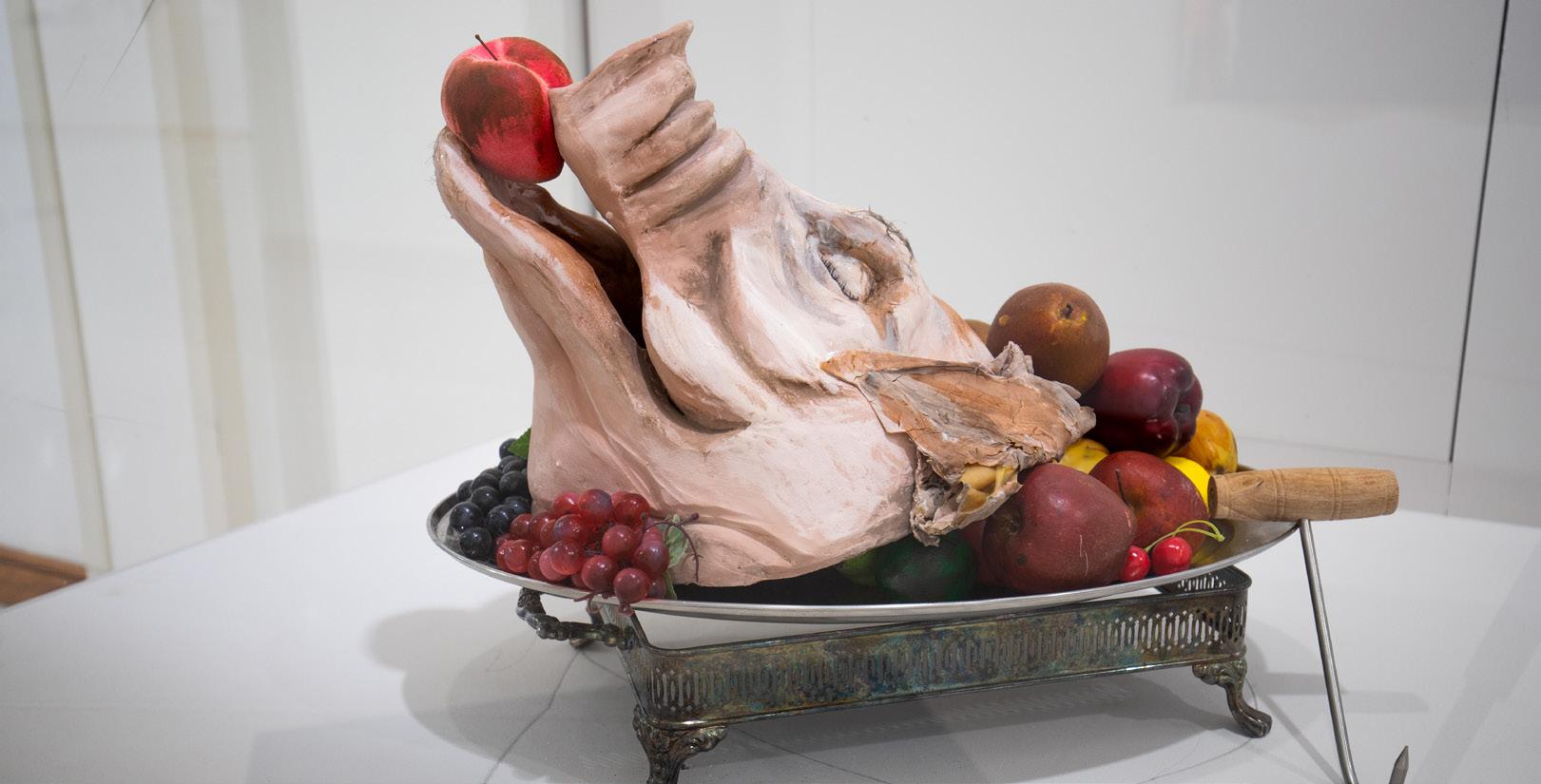
The exhibit included nine artists that had multiple pieces of artwork shown to both students and faculty. The event started with a performance that happened on Sept. 15, it was an opening reception open to the public.
The performance was inspired by musical composer and adjunct professor Candance Alley who saw Assistant professor Dana Ferrara’s paintings “Plot I” and “Plot II” during an art exhibit for professors in the year 2020 and responded to both of them with music of her own. Both were then responded to again, by some artwork of Ferrara’s and they gave it the name “Duologue”.
The Assistant professor and artist Dana Ferrarra, who teaches Painting I and II and Design II, introduced her “Duologue.” The piece represented conversation between herself, a visual artist, and the musical composer Candace Alley and how they responded to each other’s work through art
Assistant professor Dana Ferrara, a full-time professor at SE Campus, explains how this “Duologue” came to be. First, adjunct professor Candace Alley saw Ferrara’s artwork “Plot I” and “Plot II” in a faculty exhibit in 2020. For Ferrara’s piece “Plot I”, it gave Alley the chance to respond to her through her own medium.
“She sent me a digital file of the song ‘Reflection’,” Ferrara said. “It was a piano solo and I felt compelled to do something in response because as an artist I felt like I wanted to say something back to her, almost like it was a conversation.”
For her second piece, “Plot II,” Alley also orchestrated a response to that.
“Her song was called ‘Sweet Spring’, and it also had this nice, delicate melody,” Ferrara said. “There was a saxophone, a guitar and piano, so I thought of layers and a scroll.”
With a background in piano , Ferrara interprets it into her painting along with some personal connections.
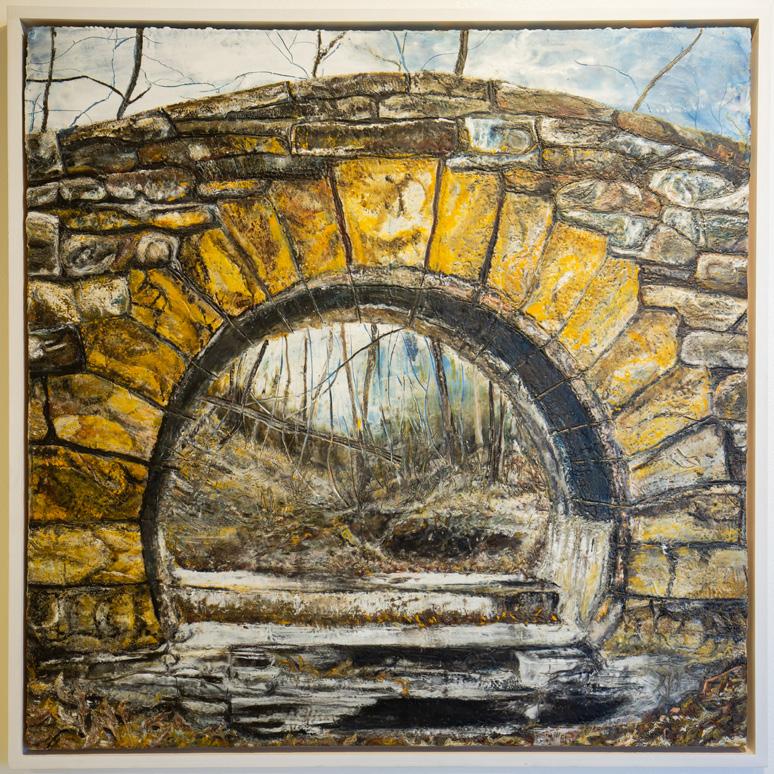
“The saxophone and the guitar, to me, sounded very warm and reminded me of a fallow field,” Ferrara said. “Because of a miscarriage I had, I felt like my body was a fallow field and that I need to grieve and rejuvenate made me think of that.”
After the performance on Sept. 15, artwork by many other professors was still available to view. For adjunct music instructor Brantley Sheffield, the painting also had a personal meaning.
“During the lockdown of the pandemic I was in Oklahoma where my parents live,” Sheffield said. “I started doing a lot of drawings from family photographs and it was a drawing of the dog. When I got back to my studio, I used the drawing as an inspiration for my painting.”
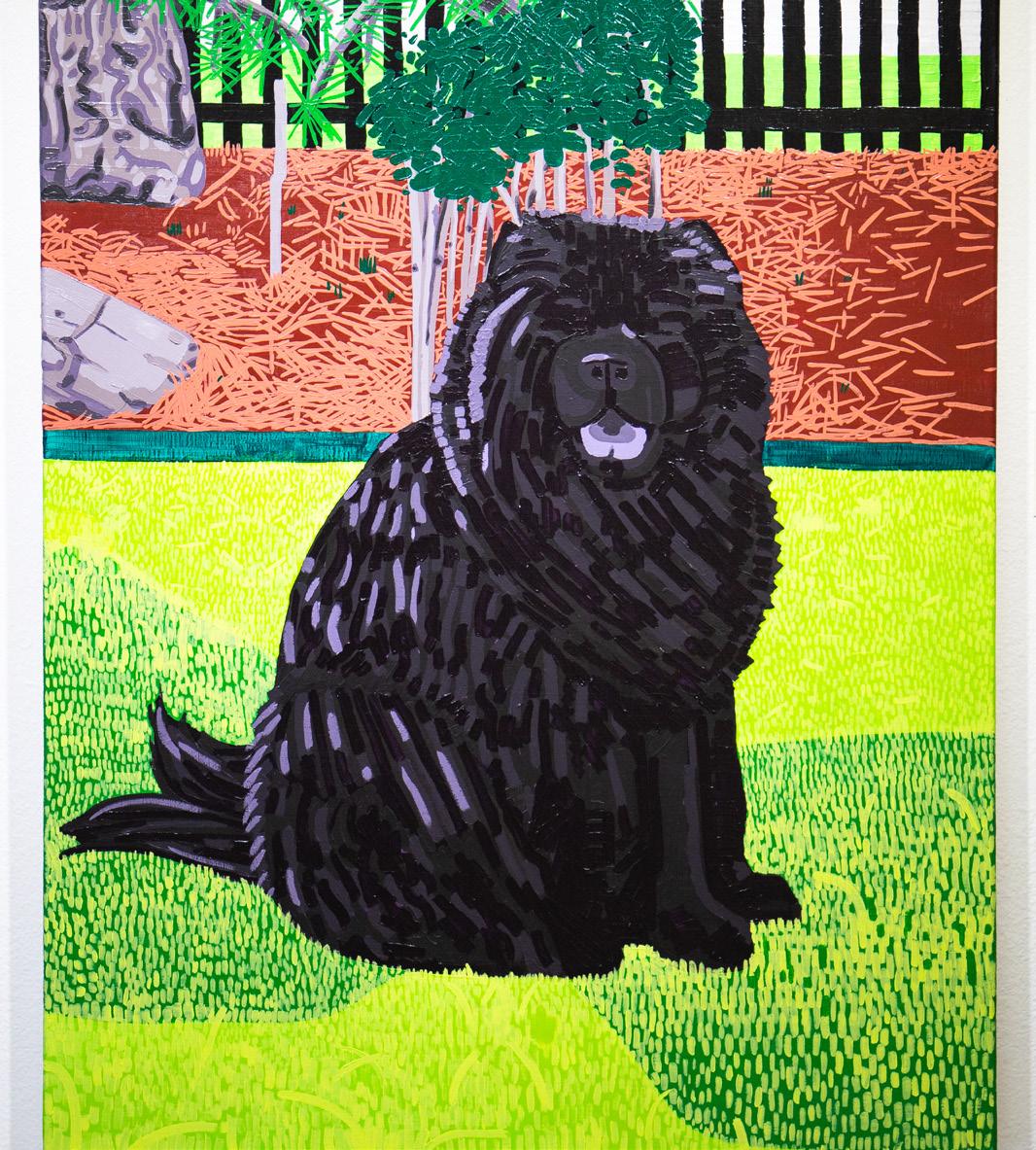
Sheffield’s process for accessing his end result comes from many steps.
“My process has turned into turning a bunch of photo images that I work from from my life; from people and places that I know,” Sheffield said. “I use that as a point of reference to make a drawing, a color drawing, and that color drawing sets up the structure of the painting.”
He also tries to form a connection between drawing and painting to better combine them with one another.

“Drawing is a very linear practice and I’m still constantly trying to find ways to further infuse my drawing and painting languages together,” Sheffield said. “Keeping the line quality is something important and my first thought was how I can merge these languages together and I thought that that line needs to be consistent.”
Similarly, adjunct instructor Roya Mansourkhani who teaches Art Appreciation and Drawing, uses pattern to signify something else, her Persian identity.
“When you are looking at my art you can see the pattern of Islamic words or Persian words,”
Mansourkhani said. “The Farsi calligraphy of my original language allows me to show a story of identity and what is happening, especially for the women in Iran.”
One of Mansourkhani’s artworks incorporates the preservation of her culture and how it’s almost fading as the times become more modern.
“It’s sort of a tradition but the tradition is melting and eventually it will completely change,” Mansourkhani said. “This is showing the change in tradition and culture.”
Mansourkhani’s artworks also incorporate both a personal and social story of the women in Iran, highlighting the struggle of being a woman there.
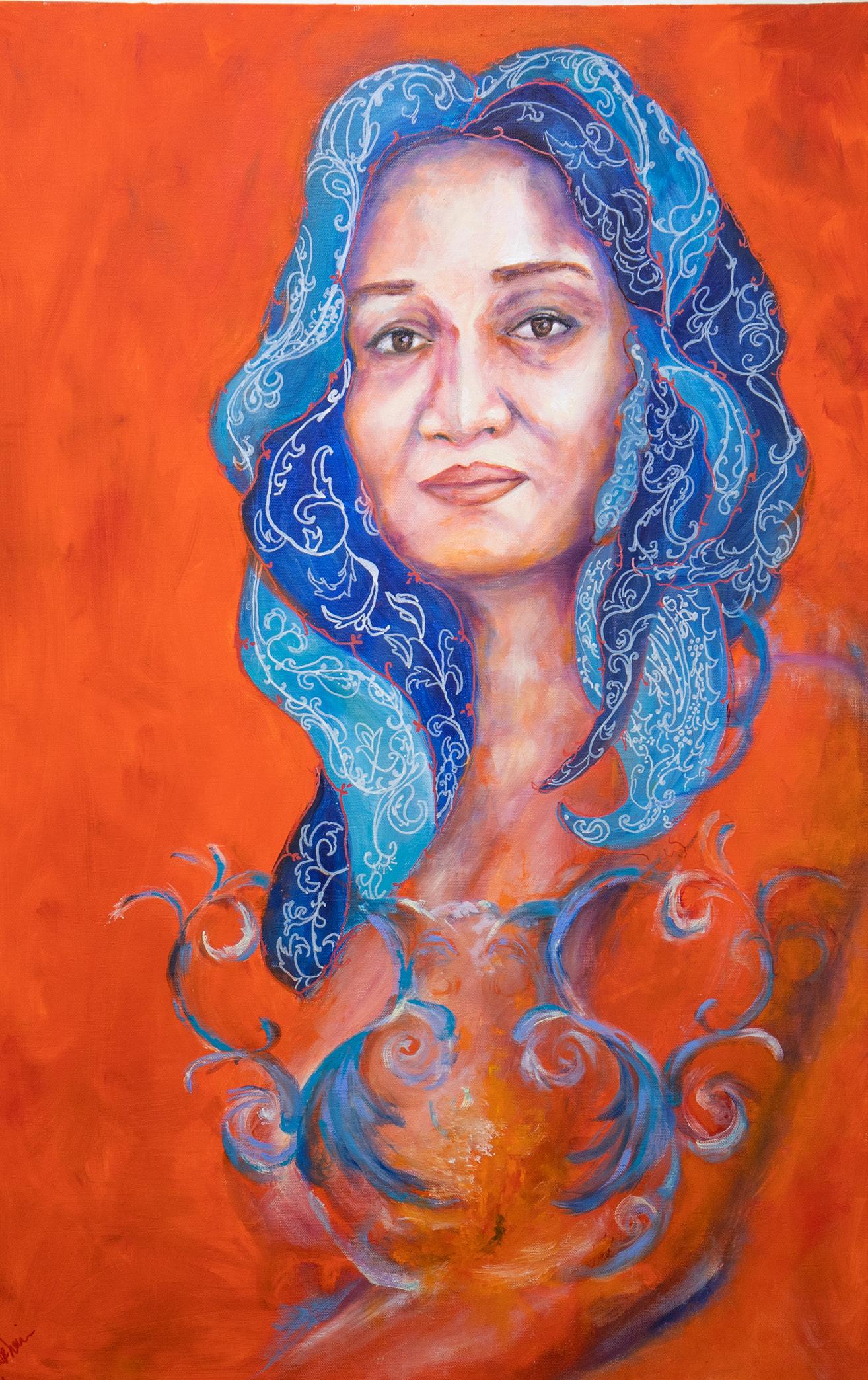
“My self portrait is a show of identity,” Mansourkhani said. “When you look at the body, you see a jar with two handles that shows a lot of the fire coming from it. This is showing what’s happening inside me with my face being calm. But there are a lot of things that are happening here that others can not see.”
“CryOut” is the name of the drawing with a mixture of Arabic letters amplifying a unified theme throughout her various artworks.
“If you are open minded or are opposed to the government, the words explain how they come and get together,”Mansourkhanbi said. “ They are like a core of who you are and suddenly you cry out and explode with everything that’s inside of you.”
For people of different cultures and backgrounds, SE student Makayla Hoskinson still has appreciation for it.
“It’s really cool to see other people’s heritage along with art,” Hoskinson explains. “It gives you more of a perspective of their culture and everything else. It was very eye-opening.”
Penelope Bisbee foresaw this reaction and believed that anybody from all experiences with art can appreciate it as well.
“I think it can help people open up their minds a little bit,” Bisbee said. “ If you read anything about what the artist is trying to achieve, that sometimes helps to see how people put it out there in some kind of creative work.”



